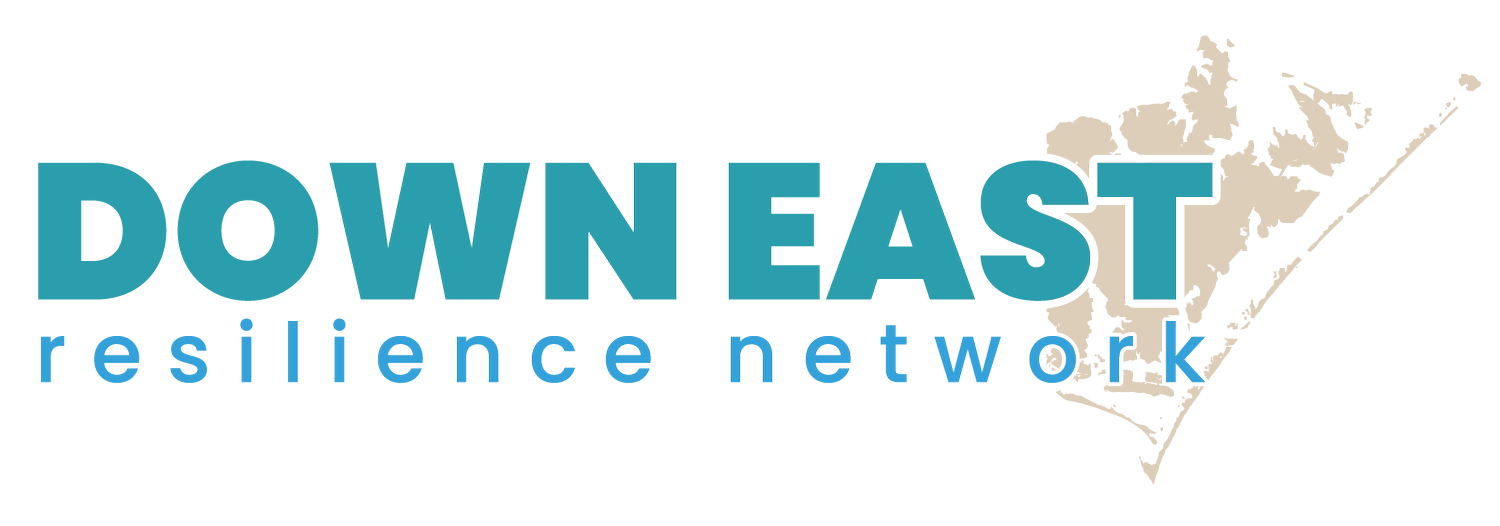ELEVATING
YOUR HOME
One of the most common retrofitting methods is elevating a house to a required or desired Flood Protection Elevation (FPE). When a house is properly elevated, the living area will be above all but the most severe floods (such as the 500-year flood). Several elevation techniques are available.
WAYS TO RAISE YOUR HOME
The Federal Emergency Management Agency (FEMA) has a detailed document describing the process of elevating your home. FEMA emphasizes that there are two main ways to go about raising your home:
(1) lifting your house and adding to the already existing foundation or build a new foundation below it to support your lifted home or
(2) leaving the home at the current elevation and add an additional floor to your home or raise the floor within your home.
Illustration of how, in Zone A, the floor below the BFE (left) can be modified to be compliant with NFIP criteria (right). Image by FEMA via FEMA Second-Story Conversion
Funds to Help Raise Your Home and Support Repairs
-
The United States Department of Agriculture (USDA) offers a Single Family Housing Rural Disaster Home Repair Grant which is open all year long until all of the funds are spent. The USDA has put together a fact sheet on this grant if you have any questions.
-
The USDA also has a pilot grant program until July 18, 2025, for the Single Family Housing Repair Loans & Grants in Presidentially Declared Disasters Pilot. To be eligible for this loan or grant, you must be 62 years of age or older, be the homeowner and can occupy the house within 12 months, have a household income that does not exceed the very low limit by county, and have disaster related damage to your home from a federally declared disaster.
-
The Homeowner Recovery Program through the North Carolina Office of Recovery and Resiliency (NCORR) is another avenue for homeowners to repair, rebuild, replace, or elevate their homes. This program is not always offered, so it is recommended to check NCORR’s website to see up-to-date information regarding funding opportunities.
-
Item descriptNCORR also offers a Strategic Buyout Program which allows property owners who live in flood-prone areas to sell their home to their local government and relocate to an area with lower flood risk. Local governments have worked with the program to identify disaster risk reduction areas in which you would need to be located to apply for the program. The property will be maintained and made into a permanent green space by the local government.ion
-
Another source for local and state governments to look at for resources to help with resiliency actions is the North Carolina Resilience Exchange. On this website, you can subscribe for updates regarding resiliency efforts. The website also includes a funding database with information about grants for local and state governments to enhance resilience within their communities.
References:
https://www.fema.gov/sites/default/files/documents/fema_elevating-your-house-chapter-5.pdf
https://www.rebuild.nc.gov/homeowners-and-landlords/homeowner-recovery-program
https://www.rebuild.nc.gov/homeowners-and-landlords/strategic-buyout-program
https://www.resilienceexchange.nc.gov/find-funding/funding-database


